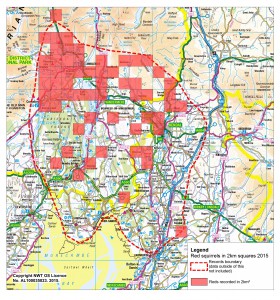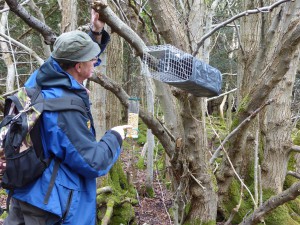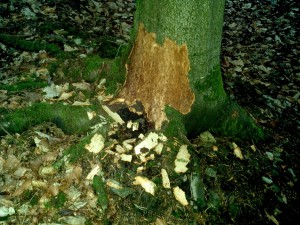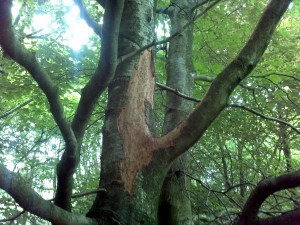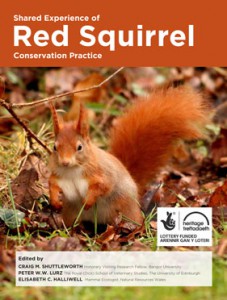 Adrian Vass, Manager of the UK Squirrel Accord (UKSA)>> delivered an excellent presentation at this year’s Annual General Meeting on 26 May 2016. Its role is to secure existing red squirrel populations, particularly in northern Britain, and to reverse the damage caused by grey squirrels to broadleaved woodlands and secure multiple benefits across the whole of the UK.
Adrian Vass, Manager of the UK Squirrel Accord (UKSA)>> delivered an excellent presentation at this year’s Annual General Meeting on 26 May 2016. Its role is to secure existing red squirrel populations, particularly in northern Britain, and to reverse the damage caused by grey squirrels to broadleaved woodlands and secure multiple benefits across the whole of the UK.
Adrian explained UKSA’s role in encouraging scientific research into vaccines for grey squirrel control and to combat squirrel pox virus in reds. Initiatives to re-introduce red squirrels were also under consideration, provided they meet International Union of Nature Conservation (IUCN) Guidelines, and also to try landscape-scale red squirrel exclosures, initially in North Norfolk, Purbeck and The Lizard peninsula in Cornwall.
Adrian spoke about the British Association of Shooting and Conservation (BASC) initiative, which involves its members trapping and shooting greys. This is being piloted successfully in the Midlands and could be appropriate in our area. He also spoke about evolving the UKSA membership structure, which could see opportunities for volunteer groups such as ours to be represented on a UKSA Group Forum, which could inform and influence the thinking of the founding signatories.





